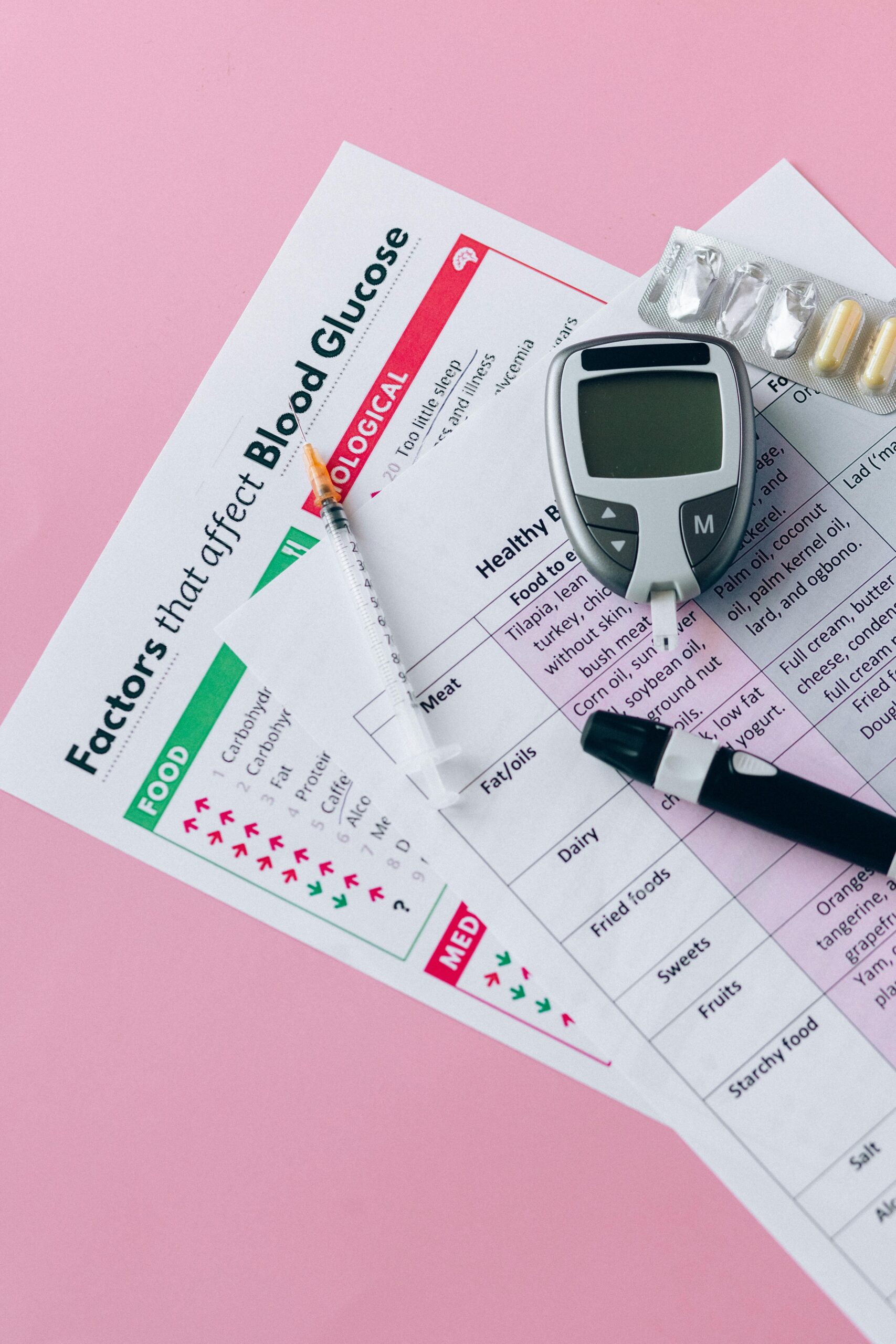In recent years, there’s been a growing interest in fasted exercise benefits, with many fitness enthusiasts and health-conscious individuals wondering if training on an empty stomach can truly give them an edge. Whether you’re looking to break through a weight-loss plateau, improve metabolic health, Increase your longevity or enhance your athletic performance, the idea of fasted workouts may have crossed your mind. But does the research support the hype?
In this comprehensive guide, we’ll explore:
- The science behind fasted exercise
- Potential advantages for fat loss and performance
- Possible risks and how to minimize them
- Practical tips to help you integrate fasted training into your routine
By the end of this post, you’ll have a clear, evidence-based understanding of the benefits and drawbacks of fasted exercise. You’ll also learn strategies to make fasted training work for your unique lifestyle and goals. Let’s dive in!
Understanding Fasted Exercise
What is Fasted Exercise?
Fasted exercise refers to performing physical activity after a period of not eating—usually at least 8-12 hours. Most commonly, this happens in the morning before breakfast or after an overnight fast. For instance, if you skip your morning meal and head straight to the gym, you’re essentially working out in a “fasted state.”
Why Consider Fasted Workouts?
Proponents claim that fasted workouts can accelerate fat loss by encouraging the body to utilize stored fat for energy instead of relying on glucose from recent meals. Additionally, there may be benefits related to metabolic flexibility (your body’s ability to switch between fuel sources) and improved insulin sensitivity.
However, fasted exercise is not a magic bullet—its effectiveness depends on various factors like exercise intensity, duration, individual health status, and overall diet. As we explore this topic, remember that personalization and balance are key.
The Science Behind Fasted Workouts
Hormonal Changes in a Fasted State
When you wake up in the morning after an overnight fast, several hormones that regulate energy balance and metabolism have shifted. For instance, insulin levels are typically low while glucagon and cortisol may be elevated. This hormonal milieu can make fat stores more readily available as an energy source.
- Insulin: Low insulin levels help facilitate the breakdown of stored triglycerides (fat) into free fatty acids, which can be used for energy.
- Glucagon: High glucagon levels encourage fat oxidation—your body’s process of burning fat.
- Cortisol: Often called the “stress hormone,” cortisol is involved in maintaining blood glucose levels. While moderate increases can aid fat breakdown, chronic high levels could be counterproductive.
Research Findings
A study published in the British Journal of Nutrition examined whether training in a fasted state could increase fat oxidation during exercise. The researchers found that individuals who performed moderate-intensity cardio before breakfast burned significantly more fat than those who consumed a pre-workout meal. [Source]
Another study available through the National Institutes of Health (NIH) also supports the idea that fasted exercise can influence metabolism in ways that may be beneficial for body composition and insulin sensitivity over time. [NIH Source]
Additionally, studies suggests that combining fasting protocols with exercise may offer potential anti-aging benefits by promoting cellular health and autophagy, although further research is needed to fully understand the mechanisms.
[Frontiers in Aging] [Cell]
Fasted Exercise Benefits: Fat Loss & Metabolic Advantages
Enhanced Fat Burning
Arguably the most touted benefit of fasted workouts is increased fat oxidation. When exercising in a low-insulin environment, your body may be more inclined to utilize stored fat as fuel. Over time, this could translate to:
- Better Fat Loss Results: Especially when combined with a balanced diet and resistance training.
- Reduced Body Fat Percentage: For some, it can help trim stubborn fat, particularly when overall energy balance (calories in vs. calories out) is managed.
Improved Insulin Sensitivity
Regular fasted training can potentially improve insulin sensitivity, which is crucial for metabolic health. Improved insulin sensitivity helps your body handle dietary carbohydrates more efficiently, reducing the risk of type 2 diabetes and other metabolic issues.
Increased Metabolic Flexibility
Metabolic flexibility is your body’s ability to switch seamlessly between carbohydrates and fats for energy. Fasted workouts may train the body to become more efficient at burning fat during prolonged or low-intensity exercise, enhancing endurance in the long term.
Appetite Regulation
Some people find that exercising in a fasted state helps regulate their appetite throughout the day. While this effect varies from person to person, it might aid those who struggle with overeating or frequent cravings.
Key Takeaway: Fasted exercise can offer several metabolic benefits, including enhanced fat oxidation, improved insulin sensitivity, and better metabolic flexibility. However, these advantages are most pronounced when complemented by a nutrient-dense diet and well-structured exercise routine.
Performance Implications of Training on an Empty Stomach
Potential Performance Benefits
Contrary to popular belief that you need a pre-workout meal for energy, some individuals report improved performance or at least no decline in performance while training fasted. Possible reasons include:
- Steady Energy from Fat Stores: Once your body adapts, it can tap into a virtually unlimited supply of stored energy (body fat).
- Enhanced Lipolytic Capacity: Over time, consistent fasted training may improve your body’s ability to break down and utilize stored fat (lipolysis) as a primary fuel source. This can be especially beneficial for endurance activities or longer workouts where relying on fat oxidation helps maintain steady energy levels.
- Mental Clarity: Some athletes experience heightened mental focus and alertness during fasted sessions, potentially due to stable blood sugar and elevated catecholamines (adrenaline, noradrenaline).
- Potential Anti-Aging Effects
Emerging research suggests that exercising in a fasted state may promote cellular cleanup processes like autophagy and reduce oxidative stress. While more studies are needed, these mechanisms could contribute to slowed cellular aging and better overall longevity.
Potential Downsides
While the above points may sound enticing, not everyone finds fasted exercise beneficial for performance. Some downsides include:
- Lower Peak Power Output: High-intensity or explosive exercises (like sprinting or heavy weightlifting) may suffer without adequate glycogen stores.
- Increased Perceived Effort: Working out on an empty stomach can feel more challenging, especially during intense sessions.
- Risk of Fatigue or Dizziness: If you’re prone to low blood sugar, fasted training might exacerbate symptoms like lightheadedness or nausea.
Balancing Fat Loss and Performance:
If your primary goal is to maximize strength, power, or muscle hypertrophy, you might benefit more from targeted carbohydrate intake before and after workouts. On the flip side, if fat loss or endurance is your main focus, fasted training could be an effective strategy.
Who Should Avoid or Modify Fasted Training?
Fasted exercise isn’t for everyone. Certain populations may need extra caution or a modified approach:
- Individuals with Medical Conditions
- If you have diabetes, hypoglycemia, or other metabolic disorders, fasting can pose risks. Always consult with a healthcare professional before attempting fasted workouts.
- Pregnant or Breastfeeding Women
- Energy requirements increase during pregnancy and lactation, and fasting may deprive the body (and baby) of essential nutrients.
- People with Eating Disorders
- For individuals with a history of disordered eating, fasting might trigger or exacerbate unhealthy behaviors. It’s crucial to prioritize mental health and maintain a balanced relationship with food.
- Those with High Training Volumes
- Athletes who train multiple times per day, or those with very high energy expenditure, may find it challenging to meet their nutritional needs if they skip a pre-workout meal.
Consultation is Key:
Before diving into fasted workouts, it’s wise to consult a qualified health professional or certified nutritionist—especially if you have underlying health conditions or specific athletic goals.
Should You Train Fasted?
Deciding whether fasted exercise is right for you depends on your health status, fitness goals, and personal preference. While some individuals thrive on training in a fasted state, others may not see the same benefits. Here’s a closer look at who might consider fasted workouts—and who should avoid them.
Who Might Benefit from Fasted Training
- Healthy Adults Monitoring Insulin Sensitivity
- Exercising in a low-insulin environment can improve insulin sensitivity over time, potentially lowering the risk of type 2 diabetes and helping with overall metabolic health.
- Endurance Athletes Aiming to Enhance Lipolytic Capacity
- Training while fasted may help the body adapt to using stored fat as fuel more efficiently, improving metabolic flexibility. This can be especially useful for those who participate in endurance sports (e.g., long-distance running, cycling) and want to optimize their fat-burning capabilities.
- Individuals Embracing Intermittent Fasting & Seeking to Boost Autophagy
- Some people incorporate fasted exercise into their intermittent fasting routine to potentially enhance autophagy—your body’s cellular cleanup process—thereby supporting overall metabolic health and longevity. Evidence is still emerging, but it’s a growing area of interest.
- Those Seeking a Morning Energy Boost
- Some people report feeling more alert and focused when working out before eating. If you’re among them, fasted training might provide an extra mental edge during morning sessions.
Who Might Want to Avoid It
- Individuals Focused on Building Significant Muscle Mass
- Fasted training may not be ideal if your primary goal is maximum muscle hypertrophy. Adequate pre-workout fuel can be critical for high-intensity resistance training and optimal muscle protein synthesis.
- People with Unstable Blood Sugar Levels
- If you experience frequent hypoglycemic episodes or have a medical condition like diabetes, consult a healthcare professional before attempting fasted workouts. Training on an empty stomach can exacerbate blood sugar fluctuations.
- Those with a History of Disordered Eating
- Fasting and restrictive meal timing can be triggering for individuals who’ve struggled with disordered eating. Always prioritize mental health and seek guidance from a qualified professional.
Practical Tips for Implementation
If you’ve never trained fasted, begin with short, low-to-moderate intensity workouts. Gradually increase duration and intensity based on how your body responds.
Drink water or unsweetened tea or coffee before and during your session. Consider electrolytes if you’re exercising intensely or sweating heavily.
Pay close attention to muscle soreness and energy levels. If you’re consistently fatigued or underperforming, you may benefit from adjusting your nutritional approach.
After a fasted session, aim for a balanced meal high in protein and complex carbohydrates to support muscle repair and replenish glycogen stores.
By weighing the pros and cons, you can determine if fasted exercise aligns with your health objectives and lifestyle. For some, it’s an effective tool for improving metabolic health and endurance performance. For others—particularly those looking to build significant muscle mass or with specific medical considerations—fasted training may not be the best fit.
Common Myths About Fasted Training
Despite its growing popularity, misconceptions still swirl around fasted exercise benefits. Let’s debunk some of them:
- Myth: Fasted training automatically leads to more weight loss.
- Reality: While fasted workouts can increase fat oxidation, overall calorie balance remains the deciding factor in weight loss.
- Myth: You’ll lose muscle mass if you train without eating.
- Reality: Occasional fasted workouts won’t necessarily cause muscle loss, especially if you maintain an adequate protein intake and a well-rounded training plan.
- Myth: High-intensity exercise is impossible in a fasted state.
- Reality: With proper adaptation and experience, some individuals can perform high-intensity workouts fasted. However, it’s more challenging and depends on individual tolerance.
- Myth: Fasted exercise is the only way to achieve a lean physique.
- Reality: Many people achieve excellent results training in a fed state. Fasted exercise is just one of many tools in your fitness arsenal.
Conclusion
Training on an empty stomach has emerged as a popular strategy for accelerating fat loss, boosting metabolic health, and potentially improving performance in specific contexts. Fasted exercise benefits extend beyond just burning more fat during a workout—when done correctly, it can also enhance insulin sensitivity, improve metabolic flexibility, enhance your longevity and help regulate appetite. However, it’s not a one-size-fits-all solution. Some individuals thrive on fasted workouts, while others may experience reduced performance, increased fatigue, or discomfort.
Ultimately, whether you choose to incorporate fasted training depends on your personal goals, health status, and how your body responds. As with any fitness strategy, it’s wise to experiment cautiously and consult professionals when needed.
If you’re ready to unlock your full potential, our Empowerise coaching programs offer personalized guidance to help you determine whether fasted exercise is right for you—and how to optimize every workout for maximum results. Don’t settle for guesswork and frustration. Enroll in our transformation coaching programs today to transform your fitness journey with expert support and a science-based approach.






